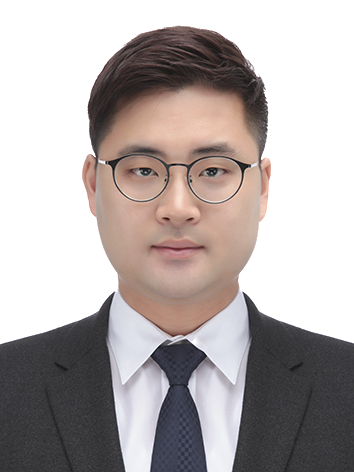Sensitivity of OSLD with Fully Filled Deep Electron/hole Traps in Kilovoltage Energy Range
M Chun1*, H Jin1, S Lee1, O Kwon2, CH Choi1, JM Park1, J Kim1, (1) Seoul National University Hospital, Seoul, KR, (2) University of Wisconsin, Madison, WI
Presentations
PO-GePV-T-195 (Sunday, 7/25/2021) [Eastern Time (GMT-4)]
Purpose: To evaluate the sensitivity of optically stimulated luminescence dosimeters (OSLDs) in kilovoltage energy range with fully filled deep electron/hole traps.
Methods: The experimental group was consisted of 24 OSLDs which were pre-irradiated greater than 5 kGy with Co-60 gamma ray source for fully filling deep electron/hole traps (OSLD(Full)), while the non-pre-irradiated 24 OSLDs were arranged as a control group (OSLD(Empty)). The bleaching device was equipped with 520 nm long-pass filter attached to light-emitting diode source, and the signal was read out with linear mode. For OSLD(Full) group, bleaching-and-readout cycle was repeated until the remained signal reached around background level. According to the in-phantom method in AAPM TG-61 reference dosimetry protocol, absorbed doses to water at 2 cm for 75, 80, 85, 90, 95, 100, and 105 kVp were measured. Due to the over-response to low energy X-ray of OSLDs, three dosimeters were calibrated with respect to the energy. For each energy, an exposure with 200 mA and 40 ms was defined as unit dose. To find an optimal bleaching time, bleaching-and-readout after fifty times of unit dose exposures was repeated until the signal reached low stable level. To investigate the sensitivity, exposures-readout-bleaching-readout cycle was repeated. The normalized sensitivity was defined as the signal counts divided by initial value.
Results: For both OSLD(Empty) and OSLD(Full) group, 3.5 days were found as optimal for bleaching time with filtered bleaching device. In case of no cumulated dose, the average normalized sensitivities were improved as 11.7%, 13.6%, 14.8%, 7.9%, 15.8%, 20.1%, and 16.7% for 75, 80, 85, 90, 95, 100, and 105 kVp, respectively. Variations with cumulated dose were less than 7.8% for both OSLD(Empty) and OSLD(Full) group regardless of bleaching condition.
Conclusion: Filling deep electron/hole traps in OSLDs can possibly increase the sensitivity in the kilovoltage energy range.
Funding Support, Disclosures, and Conflict of Interest: This work was supported by the National Research Foundation of Korea (NRF) grant funded by the Korea government (MSIT) (2019R1F1A1041944).
ePosters
Keywords
Not Applicable / None Entered.
Taxonomy
Not Applicable / None Entered.
Contact Email



